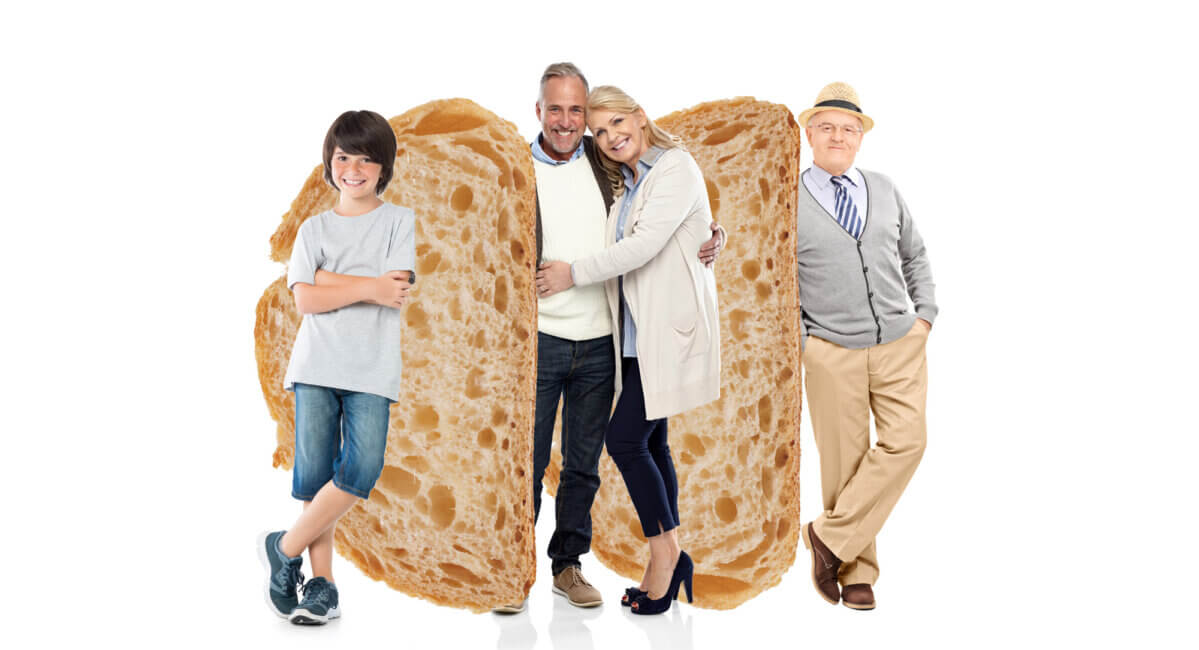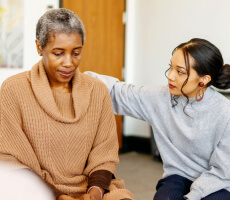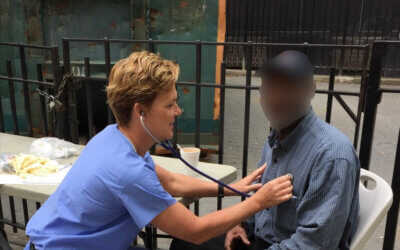Sandwich Generation Explained: Caught in the Middle
What is the type of sandwich made when an adult or couple cares for both older parents and children? It is better known as the Sandwich Generation.

Panini bread, romaine lettuce, plum tomato, Swiss cheese, smoked turkey, dab of mayo and Dijon mustard … some delish fixin’s for an awesome sandwich. Depending on your likes, there are many other types of sandwiches people across the globe create daily. But then aside from foodies’ needs and desires, there’s another type of sandwich being concocted. It is a sandwich made when an adult or couple cares for both older parents and children—better known as the Sandwich Generation.
Why is it called the Sandwich Generation?
Dating back to 1981, the term ”sandwich generation” was coined by two women, Dorothy Miller and Elaine Brody, and was primarily introduced to social workers and gerontologists. At that time, the middle generation in the sandwich was Baby Boomers. In today’s world, the adult or couple has shifted to Generation Xers. Of course as time marches, the sandwich generation will be largely composed of millennials.

What Age Group is Known as the Sandwich Generation?
In the 1980s, the term was specifically used to describe women in their 30s to 40s who were “sandwiched” between aging parents and young children acting as everyone’s caregiver. Fast forward to the 21st century, where the term is defined more accurately as a couple between the ages of 40 and 65 who are responsible for older children and elderly parents.
The Pew Research Center looked into the numbers, and according to their findings, about one in eight Americans between the ages of 40 and 60 was rearing a child and caring for a parent. In fact, about 8.5 million were caring for an elderly parent from a long distance. Additionally, when evaluating U.S. Census Bureau data, these statistics will increase. The government agency postulates that by 2030, there will be more than 70 million Americans over the age of 65.
The National Alliance for Caregiving conducted its own study titled “Caregiving in the U.S. 2020.” Since the previous study in 2015, the results showed an increase on the number of caregivers in the United States from 43.5 million to 53 million. One in five Americans are now family caregivers and in terms of their health, the study revealed it had worsened in the past five years.
Are There Different Types of Sandwiches?
Believe it or not, there are different types of sandwiches that make up this unique generation: traditional, club and open. Sandwich generation authority Carol Abaya defined each of the sandwich types as follows:
Traditional: adults sandwiched between aging parents who need care and/or help and their own children
Club: adults in their 50s or 60s sandwiched between aging parents, adult children and grandchildren, or adults in their 30s and 40s with young children, and both aging parents and grandparents
Open: anyone else involved in elder care
What are some of the Challenges Faced by the Sandwich Generation?
The sandwich generation faces numerous challenges, and many are dependent upon age and generational needs. For instance, an infant has different needs and issues based on trust and mistrust; a toddler’s fall under autonomy and shame; a preschooler with initiative and guilt; an adolescent with identity and role confusion; a young adult with intimacy and isolation; a middle-aged adult with stagnation; and an elderly person with despair.
As our children get older, they move away and transition from being dependent to independent. For an aging parent, the reverse is true. As our parents get older and undergo normal decline, they require more assistance and thus transform from independence to dependence.
As caring demands an increase time and financial resources, the physical and emotional health of the sandwich generation naturally tends to decline. So who cares for the sandwich generation?
Chapters Health System is committed to serving the needs of its patients, families, caregivers, health providers, partners and communities.
For more information, please call our helpful Chapters Health and HospiceHelp24® team at 1.866.204.8611 or Contact Us.
1 Comment
Leave a Reply
Quick Links
Keep Exploring

















Liana
October 15, 2023 at 11:13 pmthanks for info